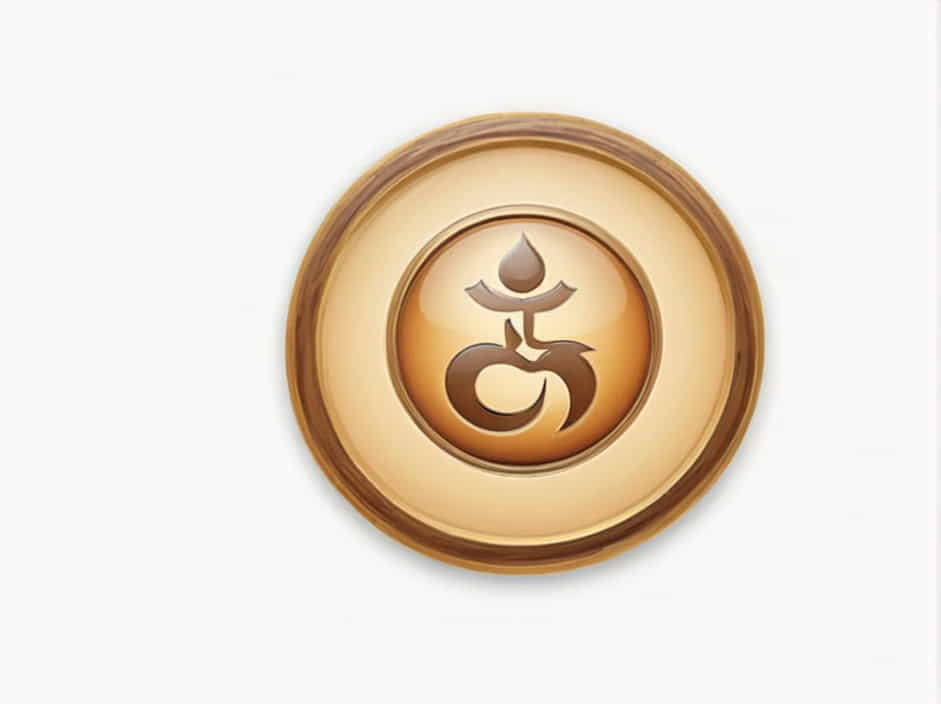Taoism, also known as Daoism, is an ancient Chinese philosophy and spiritual tradition that emphasizes harmony with the Tao (the Way). It is based on the teachings of Laozi (Lao Tzu) and the Tao Te Ching, one of the most influential texts in Chinese thought.
One of the most recognizable symbols of Taoism is the Yin-Yang (Taijitu), which represents balance and duality in nature. However, Taoism also has other important symbols, such as the Bagua, the Five Elements, and the Dragon and Tiger. Each of these carries deep meaning in Taoist philosophy.
This topic explores the main symbols of Taoism, their significance, and their role in Taoist thought and practice.
The Yin-Yang Symbol – The Essence of Balance
1. What Is the Yin-Yang Symbol?
The Yin-Yang, also known as Taijitu, is a circular symbol divided into two swirling halves, one black (Yin) and one white (Yang), each containing a dot of the opposite color.
2. Meaning and Philosophy
The Yin-Yang symbol represents:
- Balance in the universe – Everything has an opposite, and these opposites exist in harmony.
- Interconnected forces – Yin (dark, passive, feminine) and Yang (light, active, masculine) complement each other.
- Constant change – Nothing is static; life flows in cycles of transformation.
3. Yin and Yang in Daily Life
Taoism teaches that all aspects of life contain elements of Yin and Yang, such as:
- Day (Yang) and Night (Yin)
- Hot (Yang) and Cold (Yin)
- Action (Yang) and Rest (Yin)
By understanding and applying Yin-Yang balance, Taoists seek to live in harmony with nature and the universe.
The Bagua – The Eight Trigrams of Taoism
1. What Is the Bagua?
The Bagua (Eight Trigrams) is a Taoist symbol consisting of eight sets of broken and unbroken lines arranged around the Yin-Yang. It is widely used in Feng Shui, Taoist cosmology, and the I Ching (Book of Changes).
2. Meaning of the Eight Trigrams
Each trigram (three-line symbol) represents a natural element and an aspect of life:
- Qian (☰) – Heaven, creativity, strength
- Kun (☷) – Earth, receptivity, nurturing
- Zhen (☳) – Thunder, movement, awakening
- Xun (☴) – Wind, penetration, flexibility
- Kan (☵) – Water, wisdom, flow
- Li (☲) – Fire, clarity, illumination
- Gen (☶) – Mountain, stillness, meditation
- Dui (☱) – Lake, joy, communication
3. The Bagua in Feng Shui
In Feng Shui (the Taoist art of spatial arrangement), the Bagua is used to determine energy flow (Qi) in a space, bringing harmony and prosperity.
The Five Elements – The Cycles of Nature
1. What Are the Five Elements?
Taoism teaches that everything in nature is composed of five fundamental elements (Wu Xing):
- Wood (growth, flexibility)
- Fire (passion, transformation)
- Earth (stability, nourishment)
- Metal (strength, structure)
- Water (flow, wisdom)
2. Interaction and Balance
The Five Elements interact in two primary cycles:
- The Generating Cycle – Wood fuels Fire → Fire creates Earth (ash) → Earth produces Metal → Metal enriches Water → Water nourishes Wood.
- The Controlling Cycle – Wood absorbs Earth → Earth blocks Water → Water extinguishes Fire → Fire melts Metal → Metal cuts Wood.
3. The Five Elements in Taoist Medicine
In Traditional Chinese Medicine (TCM), the Five Elements correspond to the body’s organs and emotions, influencing health and well-being.
The Dragon and Tiger – Symbolism in Taoist Martial Arts
1. The Dragon (Yang) and the Tiger (Yin)
In Taoism, the Dragon and the Tiger represent cosmic forces in nature:
- The Dragon symbolizes Yang energy – power, wisdom, and spirit.
- The Tiger symbolizes Yin energy – strength, courage, and grounding.
2. The Battle and Harmony of the Dragon and Tiger
The Dragon and Tiger are often depicted in Taoist art as locked in eternal struggle, symbolizing the balance between opposing forces.
3. The Dragon and Tiger in Martial Arts
In Taoist martial arts like Tai Chi and Kung Fu, the Dragon’s movements are fluid and strategic, while the Tiger’s attacks are direct and powerful, reflecting the balance of Yin and Yang.
The Taoist Amulet – Protection and Spiritual Power
1. What Is a Taoist Amulet?
Taoist amulets, also called Taoist Talismans (Fu), are inscribed with sacred symbols and incantations to protect against evil spirits and misfortune.
2. The Meaning of Fu Talismans
These amulets are believed to:
- Ward off negative energy.
- Bring good fortune and spiritual guidance.
- Enhance Qi (life force energy).
3. The Use of Taoist Talismans
Taoist priests create Fu talismans using brush calligraphy and bless them through rituals and meditation.
Taoist Symbols in Daily Life
1. Taoist Symbols in Meditation and Spiritual Practices
- The Yin-Yang is used in Tai Chi, Qigong, and Taoist meditation to harmonize energy.
- The Bagua helps practitioners understand universal patterns.
2. Taoist Symbols in Architecture and Art
- Temples and shrines are decorated with Dragons, Tigers, and Yin-Yang symbols.
- Taoist calligraphy often includes Fu talismans and I Ching symbols.
3. Taoist Symbols in Modern Culture
- The Yin-Yang appears in fashion, tattoos, and logos.
- The Bagua is used in Feng Shui to improve homes and offices.
Taoism is deeply rooted in symbols that reflect the natural order of the universe. The Yin-Yang is the most famous Taoist symbol, representing balance and harmony. The Bagua, Five Elements, Dragon and Tiger, and Taoist Amulets also hold significant meaning in Taoist philosophy, health, and martial arts.
By understanding these Taoist symbols, we can appreciate the wisdom of Taoism and its teachings on living in harmony with nature and the Tao.
